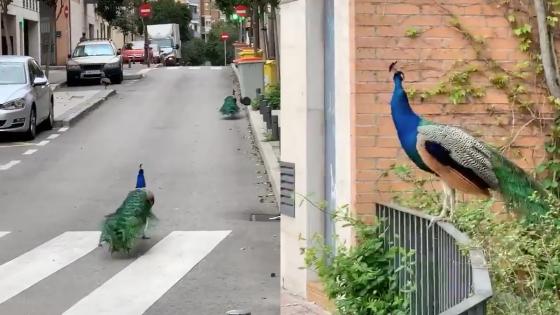It is known that Costa Rica is a very biodiverse country, since this small territory is home to 5% of the world’s biodiversity. This makes it possible for us to meet a wild animal in practically any place, and that our country is immensely attractive for people who want to have contact with nature and learn about the different species of native wildlife.
The Greater Metropolitan Area (GAM) is no exception and we can have encounters with birds, opossums, raccoons, coatis, snakes, bats, porcupines, sloths, iguanas and even some felines such as manigordos and pumas that venture into more populated areas. The loss of habitat and the adaptations developed by some species to survive in more populated areas has made this possible.
Some animals such as possums, raccoons and coatis have learned to feed on food waste in the garbage and pet food, they have also taken advantage of human infrastructure to make their burrows.
While for many people this is not a problem, for others it is

For example, a person begins to feed one or two raccoons and little by little the number of animals increases until that small population becomes a problem, causing damage to infrastructure, fights or attacks on domestic animals such as dogs and cats, dirt and bad smells, among others.
Another situation that occurs in urban areas is in the pigeon rearing seasons. The birds build their nests in the ceilings, ledges or any other structure, once the chick has grown, it is ready to learn to fly.
These are fully feathered individuals who have not yet acquired all the skills to fly and survive on their own, yet the parents remain close to teach and care for them. When people see a fully feathered bird, but it does not take flight, they believe that it is injured or that there is a risk of being attacked by domestic animals and, with very good intentions, they “rescue” it.
It also happens that they observe a turtle or snake near their home and decide to capture it and take it to a rescue center, in the best of cases, but it also happens that they keep them as pets.
Zooave
In Rescue Wildlife Rescue Center (Zooave) of the animals that are received annually, 25% of them are classified as extractions or unnecessary rescues. The most affected species are possums, raccoons, yigüirros, Neotropical owls and other birds, turtles and snakes. In addition, this trend is repeated in many other rescue centers in the country.
Although rescue centers make every effort to raise and rehabilitate these animals, it will never be the same as being with the parents. Not only because of the difficulty in maintaining them with a diet adequate for the needs of the species and the life stage, but also to be able to maintain their natural behaviors such as socialization with those of the same species, anti-predatory strategies, hunting skills and foraging. . In addition, the stress that animals are subjected to when being handled by people.
It is for these reasons that Costa Ricans, and especially those in urban areas, must learn to live with wildlife. Not all wild animals need to be rescued, if you have questions you should contact SINAC or a rescue center to receive advice on the best way to act, often doing nothing is the best.
And if you have already rescued an animal, the faster it is treated at a rescue center, the better its chances of recovery. Also remember that it is illegal to keep wild animals in captivity.

